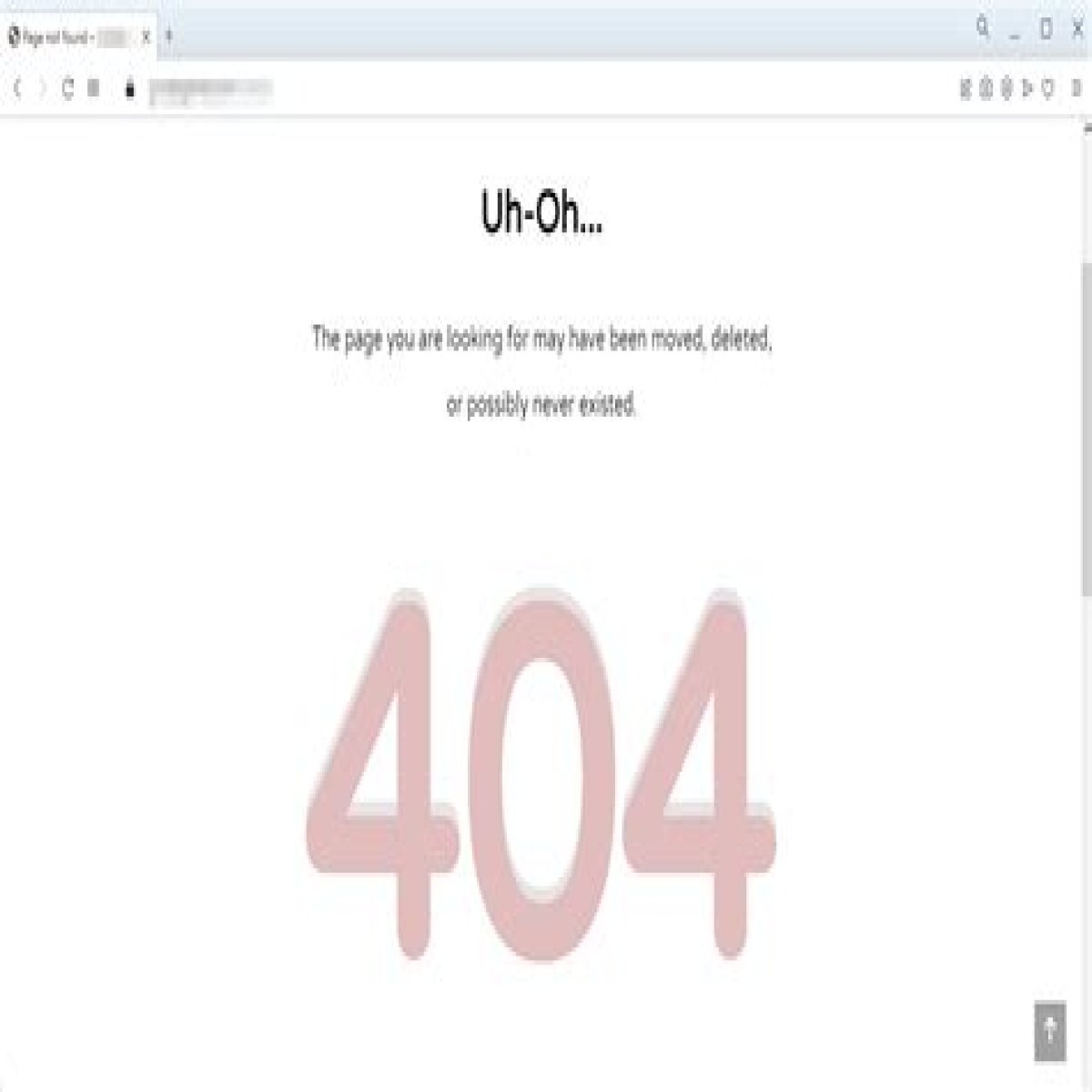In the vast digital realm, few phrases can evoke a sense of confusion and curiosity like "404 hot found." This term, often encountered while navigating the web, signifies a common yet perplexing experience for internet users. The 404 error code typically indicates that a webpage could not be located, leaving visitors in a state of bewilderment. However, the term "hot found" adds an intriguing twist, suggesting that there may be more to this error than meets the eye.
As we delve deeper into the meaning and implications of "404 hot found," we uncover the nuances surrounding this phenomenon. What does it mean when you encounter this message? Is it merely a technical glitch, or does it signify something more profound about our online interactions? By exploring these questions, we can gain a better understanding of the modern web landscape and the challenges it presents to users and creators alike.
In this article, we will dissect the concept of "404 hot found," examining its origins, significance, and the common reactions it elicits from users. We'll also explore potential solutions for website owners to address this error effectively. So, whether you're a casual internet user or a seasoned web developer, join us on this journey to unravel the mystery behind "404 hot found."
What is the Origin of the 404 Error Code?
The 404 error code has its roots in the early days of the internet, when the World Wide Web was still a nascent technology. This code is part of the HTTP (Hypertext Transfer Protocol) standard, which governs how messages are transmitted over the web. The number "404" specifically designates that the server could not find the requested resource, often due to a broken link or the page being removed.
How Did "Hot Found" Come Into Play?
The addition of "hot found" to the traditional 404 error code is less clear. Some speculate that it originated from a desire to make the error message more engaging or humorous, while others suggest it may relate to specific websites or communities that embraced the phrase as part of their branding. Regardless of its origin, "404 hot found" has become a memorable phrase that resonates with users who encounter it.
Does "404 Hot Found" Indicate a Serious Problem?
While encountering a "404 hot found" message can be frustrating, it does not necessarily indicate a severe issue. In many cases, it simply means that the desired page has been moved or deleted. However, repeated occurrences of this error on a website can signal underlying problems, such as poor website maintenance or problematic coding.
How Can Website Owners Address 404 Hot Found Errors?
For website owners, addressing "404 hot found" errors is crucial to maintaining user trust and engagement. Here are some strategies to mitigate the impact of this error:
- Implement Redirects: Setting up 301 redirects can help guide users from the old URL to the new location of the page.
- Regularly Audit Links: Conducting regular audits of your website's links can help identify and fix broken links before they lead to a "404 hot found" error.
- Create Custom Error Pages: Designing a custom 404 error page can enhance the user experience by providing helpful links or suggestions for navigating the site.
- Monitor Analytics: Keeping an eye on your website's analytics can help you identify patterns in 404 errors and address them proactively.
What Are Users' Reactions to 404 Hot Found?
User reactions to encountering "404 hot found" can vary widely. Some may find humor in the situation, especially if the error page includes witty or creative messages. Others, however, may feel frustrated or confused, particularly if they were seeking important information or resources. The key to mitigating negative responses lies in how website owners handle these errors and the information they provide to users.
Can "404 Hot Found" Become a Trend?
The quirky nature of "404 hot found" has the potential to become a trend in web culture. As more websites incorporate playful error messages, users may begin to associate these moments of frustration with positivity or humor. In this way, "404 hot found" could evolve from a mere technical error into a shared experience that fosters community engagement.
Is There a Connection Between 404 Hot Found and SEO?
Yes, there is a significant connection between "404 hot found" errors and SEO (Search Engine Optimization). Search engines prioritize user experience, and encountering multiple 404 errors can lead to higher bounce rates and lower rankings in search results. Therefore, addressing these errors is not only essential for maintaining user satisfaction but also for optimizing a website's visibility in search engines.
Conclusion: Embracing the 404 Hot Found Experience
In conclusion, the phrase "404 hot found" encapsulates a unique blend of frustration, humor, and opportunity within the digital landscape. By understanding its origins, implications, and potential for trending, both users and website owners can navigate the complexities of the online world more effectively. Ultimately, embracing the "404 hot found" experience can lead to improved website practices, enhanced user engagement, and a deeper appreciation for the quirks of the internet.
Exploring TikTok Without Logging In: A Gateway To Fun And CreativityUnlocking The Potential Of The Test Primo Anavar CycleUnraveling The Mysteries Of AGC Blind Gossip
